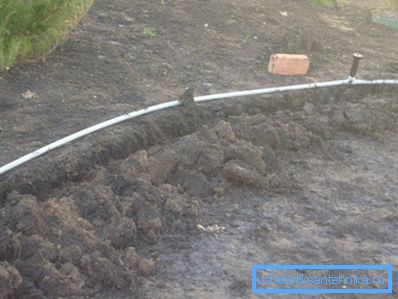Convenient plumbing for watering the site
Any summer cottage or private house invariably begins with the establishment of a permanent water supply. Water is needed for the beds, and for construction. But when the house is built, the stage of arranging a comfortable life begins. And here, every good owner thinks about how to mount water supply for watering the garden. In particular, which system to choose, where to get the water, which pipes to lay, and much more, which will be discussed further.
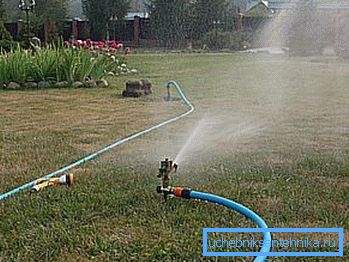
Water sources
The water supply on the gardening site is certainly important, but before you install it, you should think about where you will take the water, because without it, even the most advanced systems will be useless.
Tip: in this case, you should decide right away, you only need water for watering or you plan to use it for domestic needs and cooking. In the second case, not every source will do. Plus, you may have to further equip the filtration system, and this is a completely different price.
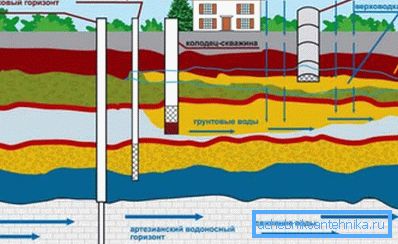
Water main
The option is certainly excellent, but unfortunately, not everyone has the opportunity to use it. Most often, residents of the private sector in cities have the ability to connect to the highway. Only a very wealthy cottage or garden cooperative can afford to build a water station.
The connection instructions themselves are not very complex. Inset can be made without turning off the water, directly under pressure. To do this you will need a union tee, the so-called nurse.
It is fixed on the pipe and a ball valve is mounted on it. After that, a hole is drilled through the valve in the tube and the valve immediately closes. Everything, it is possible to connect system to the spherical crane.
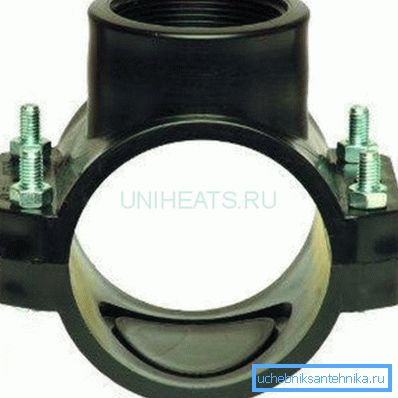
Well or well
Often, the project of irrigation water in the country is based on such water sources. To begin with, the wells are divided into sand and artesian.
If we talk about the technology and cost of drilling, the most accessible are the wells in the sand. Their depth, as a rule, does not exceed 20 - 30 m and they can give up to 2 m? per hour, which is quite enough for the needs of 2 - 3 medium-sized dacha plots.
The downside is that even a well-equipped sand well has existed for no more than 20 years. In addition, this water may require additional purification.
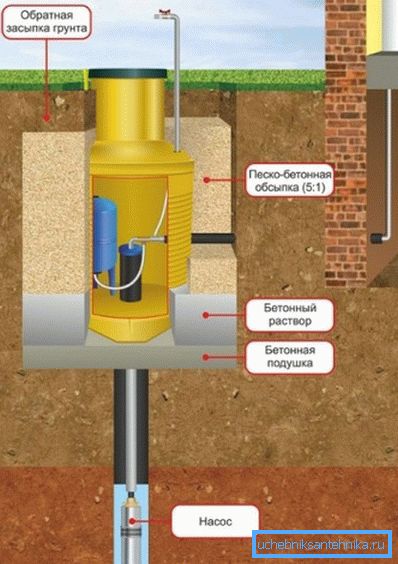
Deep wells are called artesian wells. The water in them is extremely clean and does not require additional cleaning. The performance of such sources is from 10 m? per hour and higher.
But the difficulty is that the arrangement of artesian wells is the most expensive among competitors, you will not be able to drill such a source with your own hands, you will need professional equipment and specialists.
Well, perhaps, is one of the most reliable and trusted sources. If the depth of water in your area does not exceed 15 m, it makes sense to give preference to this option.
Although its capacity is around 200 liters per hour, but with proper arrangement and proper care, it will also supply your grandchildren with clean water.
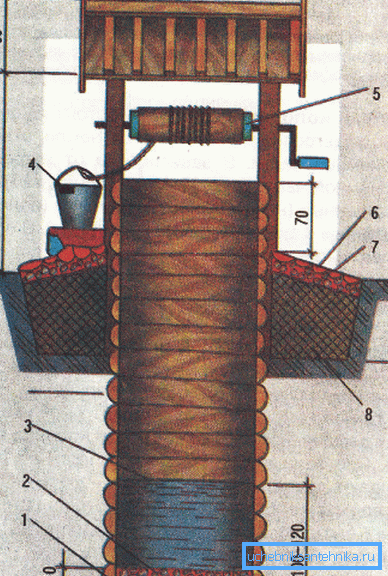
Important: we do not consider the presence of natural sources of water intake or the option of collecting rainwater. Since only a small part of the owners have access to the river or lake. And rainwater, no matter how hard you try, is definitely not enough for full watering.
Preparation and installation
The project of irrigation water is quite realistic to make yourself. But first you need to decide exactly how you want to see your water supply.
The fact is that experts share the winter or stationary version. And summer, mobile designs, which will have to disassemble and assemble each season. But first, let's define the materials.
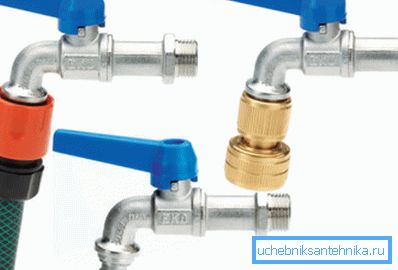
Material selection
- We advise you not to consider steel pipes at all.. To begin with, the metal itself is quite heavy, to assemble such a structure would be problematic. If you do not have a welder with an apparatus at hand, you will have to cut pipe threads and twist yourself, which is also quite long and expensive. And finally, the most unpleasant thing is that the steel pipes in the ground will rust through in a few years and that's all, they will need to be changed.

- Stationary structures can be assembled by 2 types of pipes.. For the economy version, with a fairly quick assembly, there is a watering piping of plastic pipes, in this case we mean polyethylene pipes.
- The price of stationary watering structures assembled from polypropylene is somewhat higher, but experts say that at the moment they are the most reliable.. Although for their installation you will need a special soldering iron.
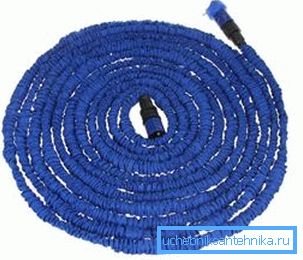
- As for ground wiring with soft hoses, which are usually used in the installation of summer collapsible water supply, until recently, the rubber water supply hose for irrigation was in the lead, material is reliable, but inferior in terms of durability to nylon.
- Nylon hoses are durable, but have one drawback, they stretch, especially this drawback is manifested when temperature drops.
- Currently, fiberglass-reinforced PVC products are considered the best among soft hoses.. They are not afraid of heat or frost. They do not break down, do not crack, clearly keep their shape, and fiberglass yarn gives a reasonable rigidity of the structure.
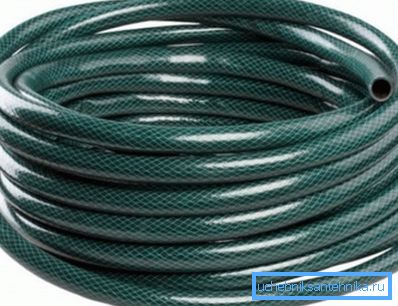
Important: fittings, tees, valves and the rest of the associated fittings for installation, is selected depending on which pipes and which version of the plumbing you decide to install. In sales points, sellers, as a rule, will offer to purchase them in a set.
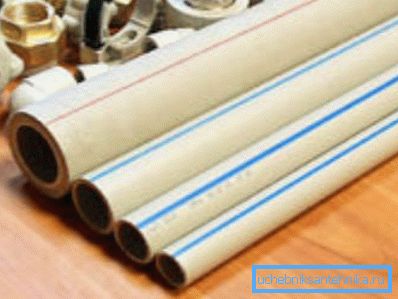
Fixing stationary water supply for irrigation
- Giving recommendations on the design of the irrigation water supply, experts first of all advise you to decide where the upper and lower points are located on your site. This is important, since water will need to be supplied from the upper part of the site, and a valve must be mounted in the lower part to drain the water for the winter period.
- Further, without fail, you will need to draw a detailed plan for laying pipes and mark the points of withdrawal and the number of forks and turns. This plan will come in handy when you calculate how many pipes and fittings you need.
Important: the diameter of pipes for stationary installation is selected depending on how much pressure in the system is planned. So if irrigation works from a pump that provides a strong pressure in the region of 2 bar, then 20 mm is enough. For a gravity-oriented system of 25 mm. If the length of the highway exceeds 30 m, the section is taken from 30 mm and more.
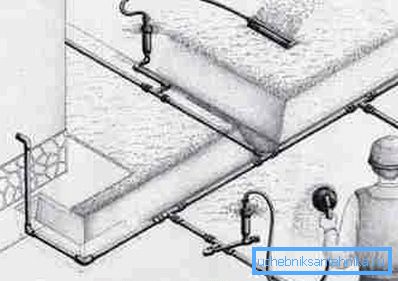
- When the plan is ready and the materials are purchased, you can proceed to installation. The fixed system is usually laid underground. To do this, you will need to mark and dig trenches. For marking it is enough a skein of synthetic thread or fishing line, which will be attached to the pegs.
- The trench itself is usually dug to a depth of half a meter. And if the highway will pass under the tracks, then there is no point in digging it deeply. In the case when the pipe passes through the beds, the depth of its foundation is made somewhat larger than the standard spade bayonet, so as not to damage the area during processing.
- Many advise to bury the main line deeper than the freezing point and warm, but this is true only for water pipelines that are in operation all year round. In this case, there is no point in such titanic efforts. It is much easier to drain the water from the system in the fall and not fear for its safety.
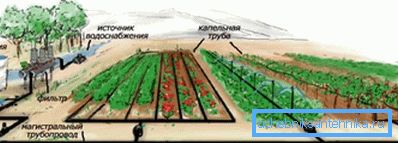
- Although the wiring of polyethylene is cheaper, but the price of reinforcement for it is higher, plus connecting fittings may leak over time. Kohl really bury the trunk in the ground, it is better to use pipes made of polypropylene.
- They are connected by soldering, as mentioned above, for this you need a special soldering iron, which you can buy for 2-4 thousand rubles or rent.
- Anyone can master work with him. After it is heated simultaneously, a pipe and a fitting are put on the outer and inner sleeves from both sides. Warming up lasts up to 15 seconds, after which they need to be quickly removed, joined and locked motionless for 30-40 seconds. The plastic is cold, the connection is ready. Adapters for cranes are soldered in the same way.

Summer water supply
- Summer irrigation water supply is convenient primarily because it can be assembled in just a couple of hours. To connect flexible hoses there is a huge selection of different couplings and fittings. The most commonly used couplings for pipes with a clamping nut or the simplest connection, when the hose is tightened on the “ruff” and clamped with a hose clamp or ordinary soft wire.

- The hoses themselves can freely lie on the ground, be fixed on the ground with straps or be hung on special pegs at a small height, about 100 mm. The choice here is purely individual, the suspension is convenient, but it is easy to catch on. It is also easy to get confused in loose hoses. In our opinion, the optimum is the highway fixed by brackets.
- The summer outdoor version is also convenient because with its help you can easily arrange drip irrigation from the aqueduct with your own hands. This type of watering has a lot of advantages. The most important thing here is that the water is dosed, is fed directly to the roots of the plants, while at the same time, almost without evaporating, the moisture savings are more than 2 times.
- In the recent past, for the organization of the drip system, they simply arrived, laid hoses directly over the garden and a small hole was punched in the area of the plant trunk. Now for this there are special watering cans that accurately dispense the flow of moisture.
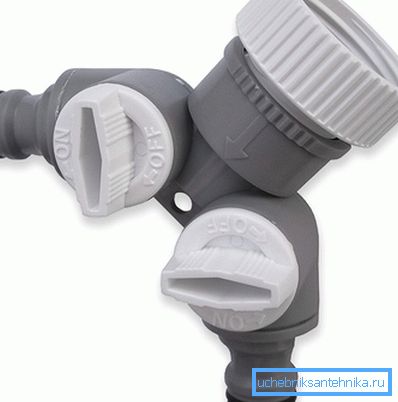
The video in this article has additional material on this topic.
Conclusion
Summing up, I would like to note that the most often used mixed watering system. Simply put, one or several highways are laid along the section, having distributing cranes in convenient places. Flexible hoses are connected to these taps as required and the area is watered.
